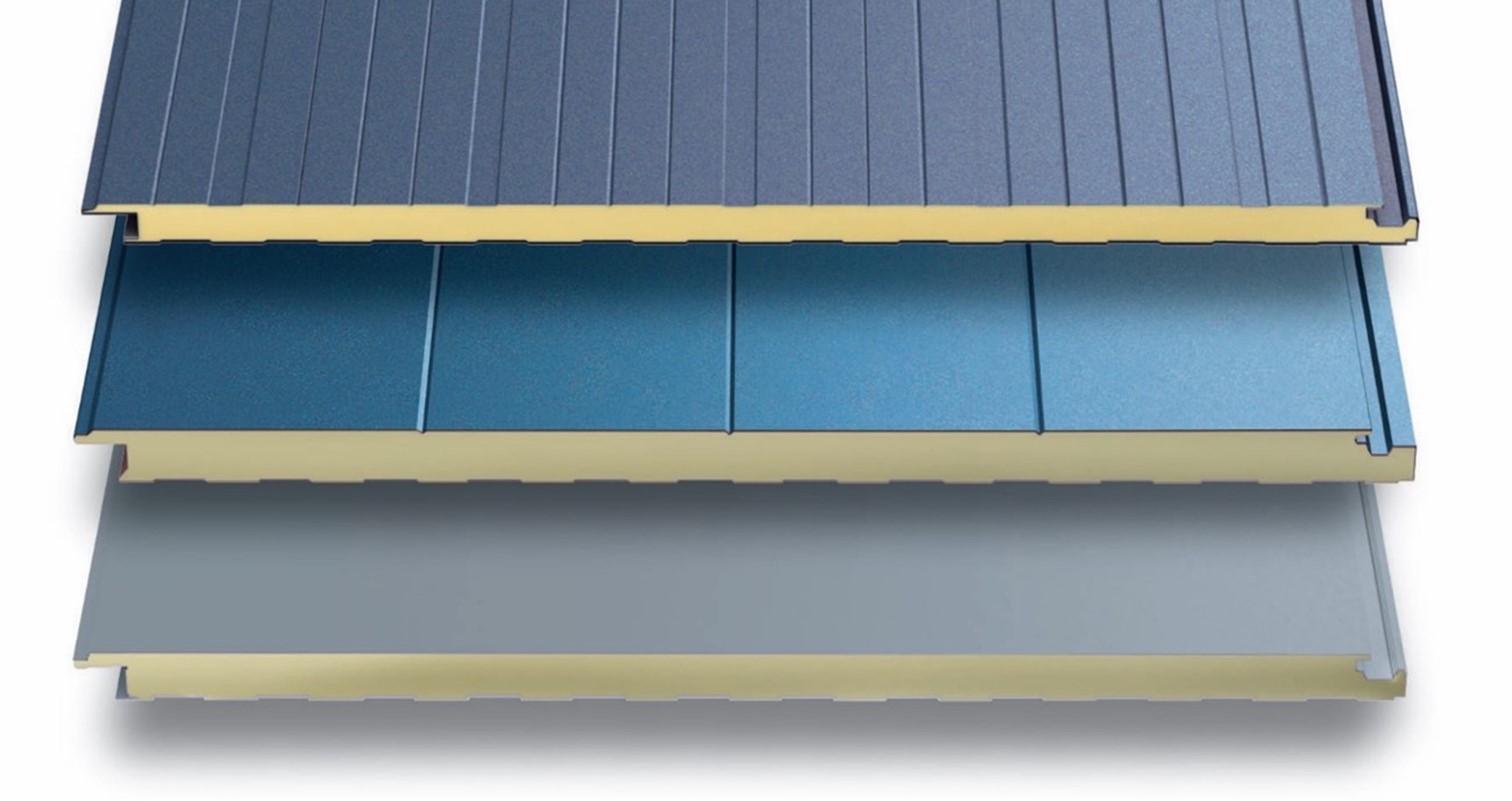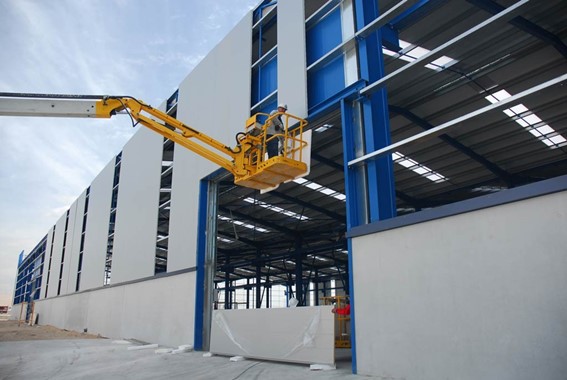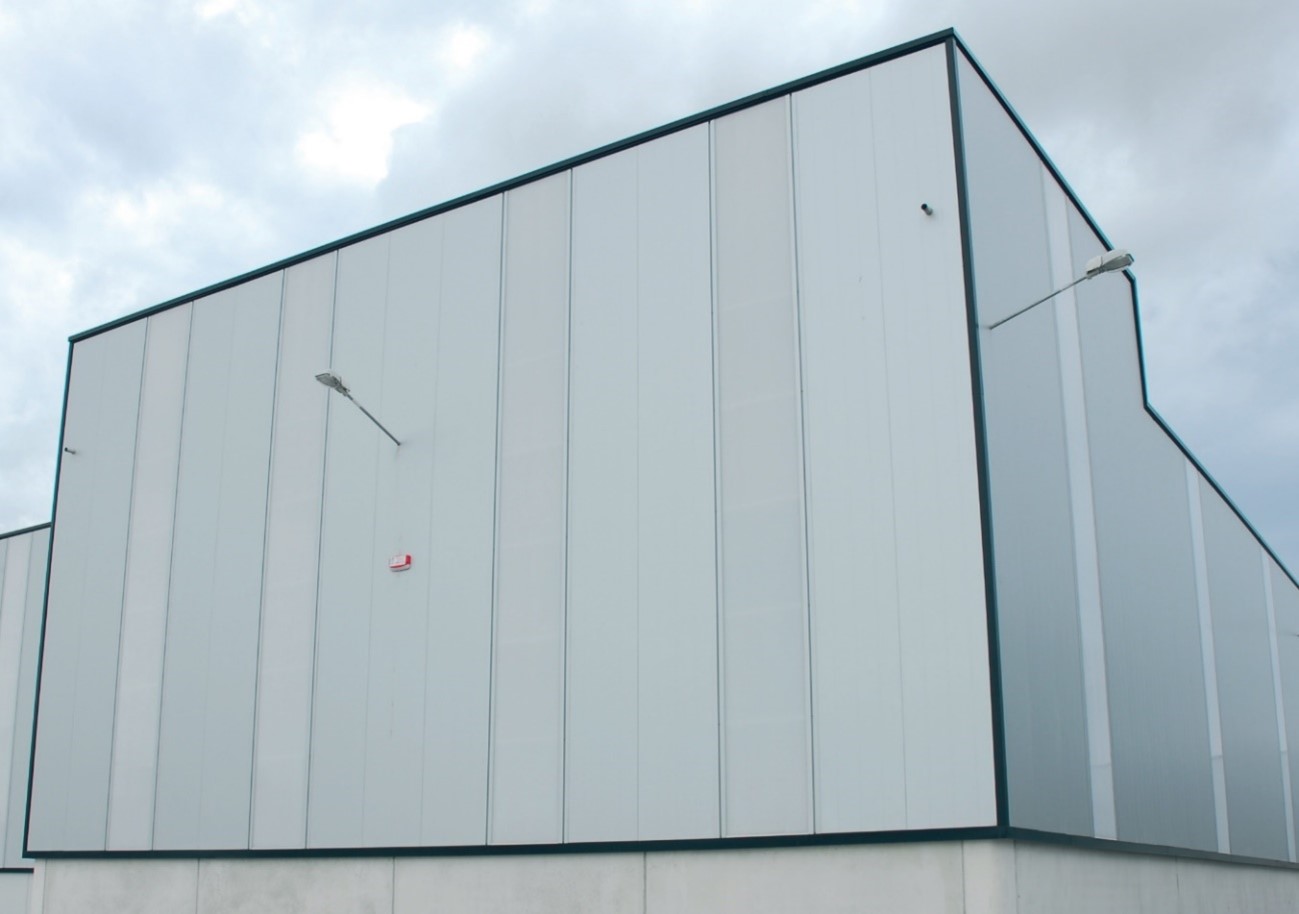
PIR Sandwich Panels: Thermal Efficiency and Sustainability in Modern Construction
In the quest for sustainable and efficient construction solutions, sandwich panels have become popular in the construction industry. These panels, known for their multilayer structure, offer a combination of thermal insulation properties that impact the environment.
These systems are composed of three main parts: two rigid outer layers, which can be made of metal, wood, or synthetic materials, and an insulating material situated between these layers. The insulating materials have a crucial role in the energy efficiency of buildings, as they reduce the heat transfer between the interior and exterior of a building; this can lead to a decrease in energy consumption for heating and cooling, thereby reducing greenhouse gas emissions.
The evolution of insulated panels has prioritized safety, efficiency, and sustainability, which are fundamental to modern construction.

The diversity of insulating materials for the core or center of the panel includes materials such as Expanded Polystyrene (EPS), Polyurethane (PU), Mineral Wool, Extruded Polystyrene (XPS), and Polyisocyanurate (PIR), the latter of which offers superior performance compared to the rest of the insulating cores.
In addition to factors such as thermal insulation and sustainability, fire protection capability has become an essential element in decision-making. Some of these materials can slow the spread of fire, providing valuable time for evacuating a building and for emergency services to respond.
The core material used for manufacturing the panels is Polyisocyanurate (modified polyurethane) or PIR as its acronym indicates. It stands out for its efficiency, performance, and environmental considerations, used in projects such as roofs, industrial facades, and refrigerators. These have gained popularity in the construction industry due to their excellent thermal insulation and fire resistance performance.
Specific Advantages of PIR Core Sandwich Panels
Thermal Insulation: It has a very low thermal conductivity, meaning that it is a highly efficient insulator; this allows for better temperature control inside the building and reduces heat loss in winter and heat gain in summer.
Fire Resistance: One of the main advantages of PIR is its high fire resistance. Unlike other insulating materials, PIR resists the spread of fire, which is essential for occupant safety and structural integrity.
Durability: PIR core panels are known for their durability and ability to maintain their insulating and mechanical properties over time; this contributes to the extended service life of buildings.
Lower Thickness: PIR core panels can be thinner than other insulating materials, maximizing usable interior space without compromising performance.
The choice of panel insulation material directly impacts the energy efficiency of buildings by reducing heat transfer and contributing to environmental sustainability.

Thermal efficiency in action: cold room with insulated panels.
For more information, you can visit us at https://construccionmathiesen.com
Contact us if you have any further questions or require a quote.
















